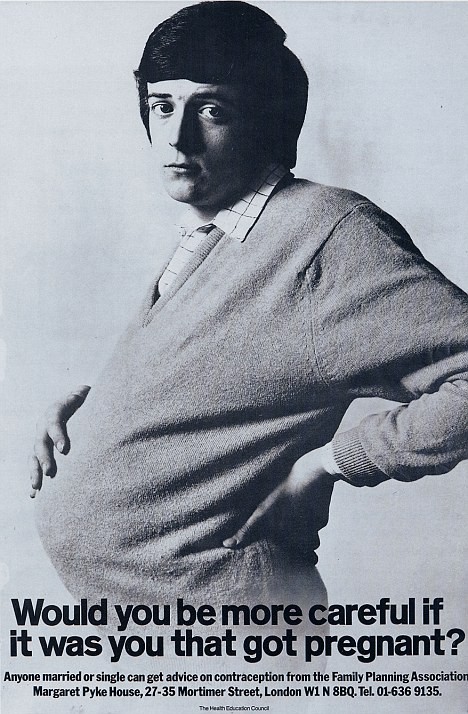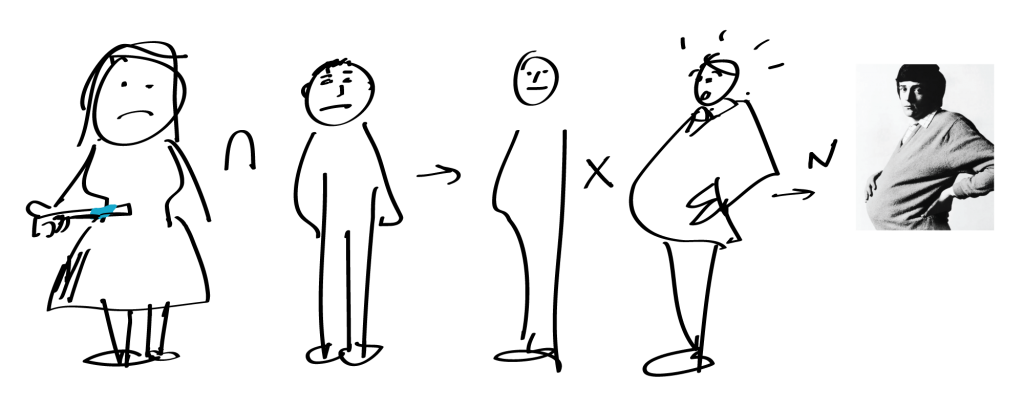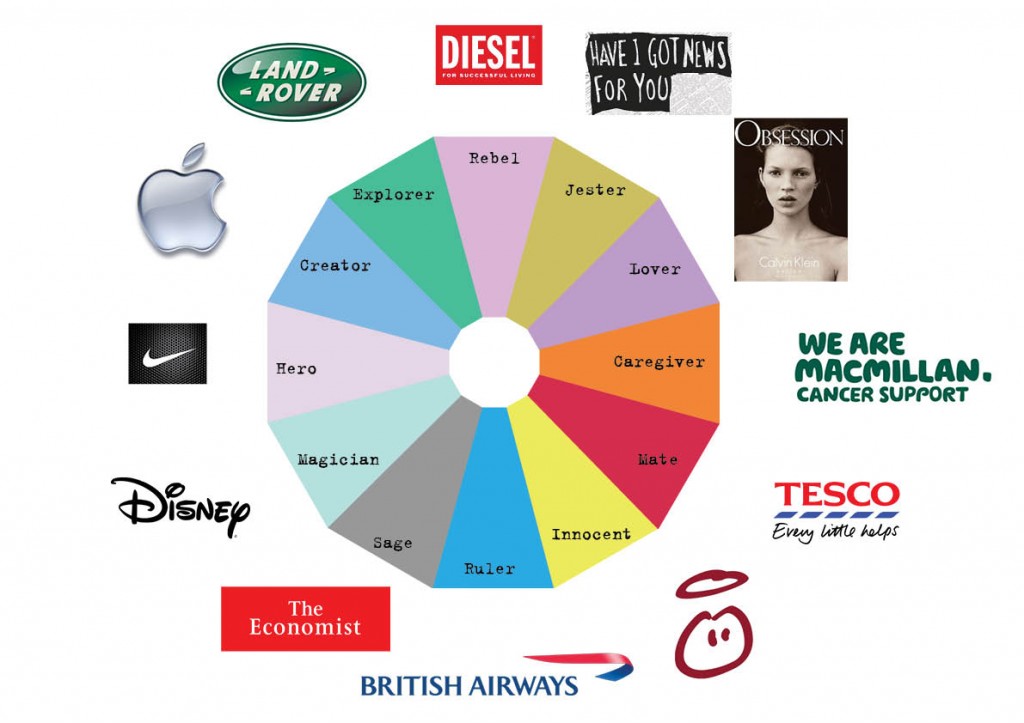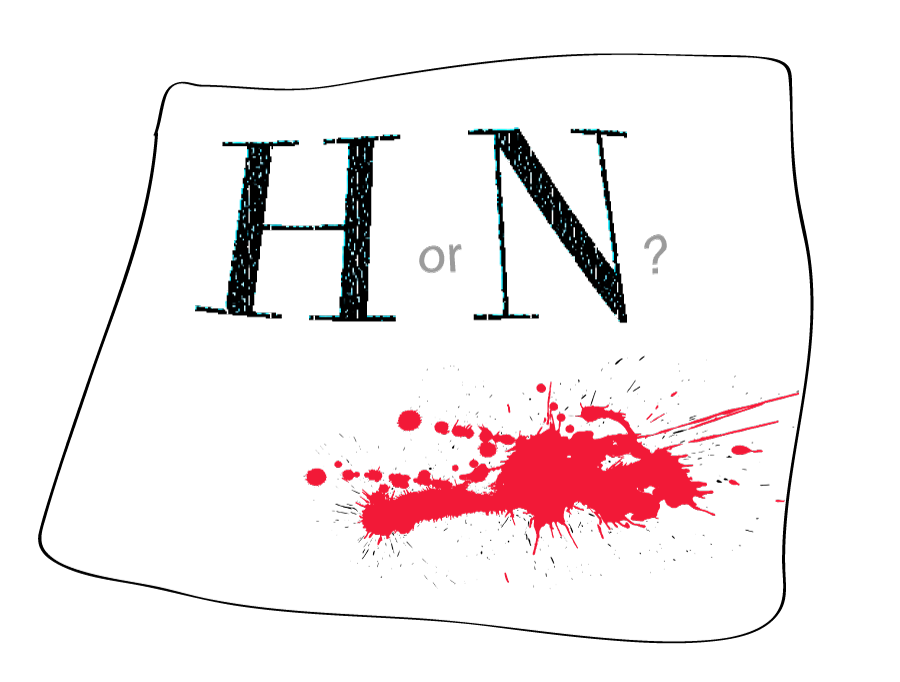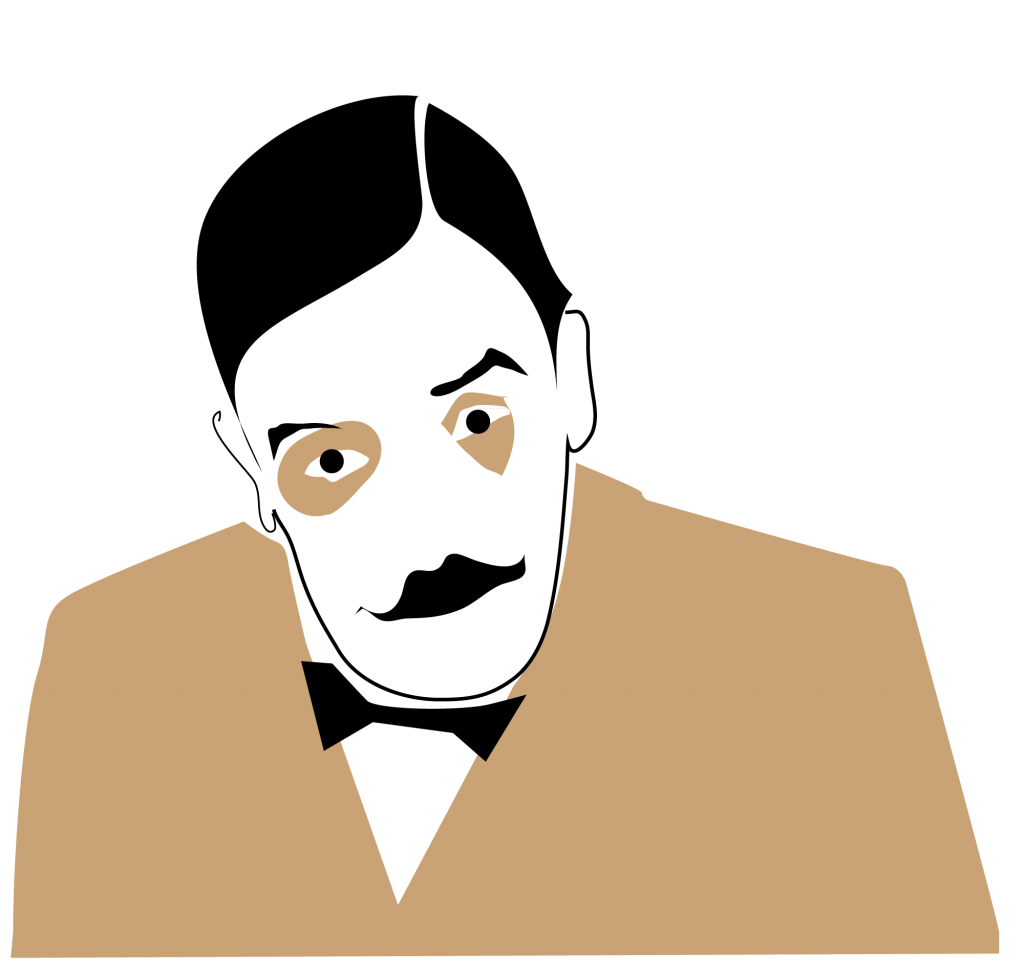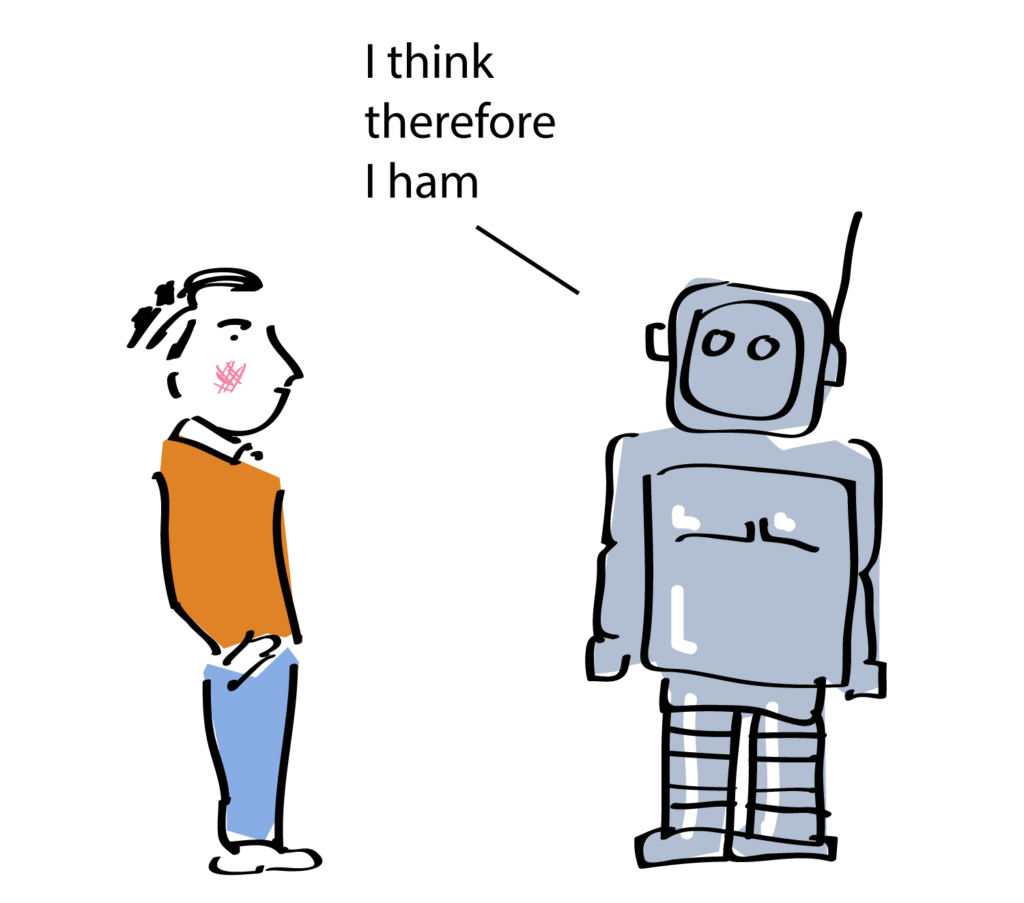 Not so very long ago, when search engines started appearing, a rush began to stuff as many keywords into every piece of text as you possibly could. It seemed the obvious and only way to do things, was to brutalise communications and many in the copywriting community shuddered.
Not so very long ago, when search engines started appearing, a rush began to stuff as many keywords into every piece of text as you possibly could. It seemed the obvious and only way to do things, was to brutalise communications and many in the copywriting community shuddered.
Those who had known or worked for old school greats like David Abbott and Tony Brignull felt a mixture of sadness and anxiety. If SEO was the future of commercial writing, it didn’t look like much fun.
There was a new generation of expert, people who said things like: “The electronic screen means no one can read anything properly anymore, so just make it as short as possible”.
And there were other types of operators who were creating link farms to try and game the system, and fool Google into bringing their business up the rankings. It seemed that the kind of intelligent, audience-based, information-rich copy with a touch of wit no longer had a place in a post Google world.
But that was then, and this is now. For the last few years SEO has been changing radically. Far from long form copy being the medium of dinosaurs, SEO actively encourages it. Now Google will penalise you if it considers blog content “thin”, by which they mean less than 600 words.
There’s now a well established relationship between the number of links you earn and the length of text you write. Long form writing is back in business, with a vengeance.
Even the number of characters allowed in the meta tags have increased in length.
But it’s not just quantity that’s gone up, it’s quality too. The last 2 years have seen the Google algorithm is increasingly understanding the hidden meaning between the lines, using Latent Semantic Indexing, LSI. So you’re well advised to avoid keyword stuffing and write properly instead.
Link farming has died a death, keyword data no longer gets provided; the many ways of gaming the search engine system come with bigger Google penalties. Black hat SEO days are numbered.
It’s back to the USP or unique selling proposition, that is now actively used in SEO in Hong Kong. Or, its journalistic equivalent, the Unique Story Proposition. In either case the writer needs to be crystal clear about what they’re offering or what a page is about.
And at the top of the whole process and quietly guiding it, is the age old principle of putting your audience’s question first, not the search query ranking first.
It’s quite possible that contrary to a lot of indications 10 years ago, we could be entering a golden age of content. Abbott and Brignull would be proud.
SEO and Language
 From zero to hero. The classic log line for a Hollywood storyline. Why? because there’s lots of change implicit in zeros becoming heros. A perfect example of this would be the log-line for Down and Out in Beverly Hills. Where the filthy rich meet the dirty poor. You can almost see that there will be change for both the two main characters. Without change there can be no story and without story there’s no communication. These three things go together and if you’re going to understand any one of them you need to understand them all.
From zero to hero. The classic log line for a Hollywood storyline. Why? because there’s lots of change implicit in zeros becoming heros. A perfect example of this would be the log-line for Down and Out in Beverly Hills. Where the filthy rich meet the dirty poor. You can almost see that there will be change for both the two main characters. Without change there can be no story and without story there’s no communication. These three things go together and if you’re going to understand any one of them you need to understand them all.

